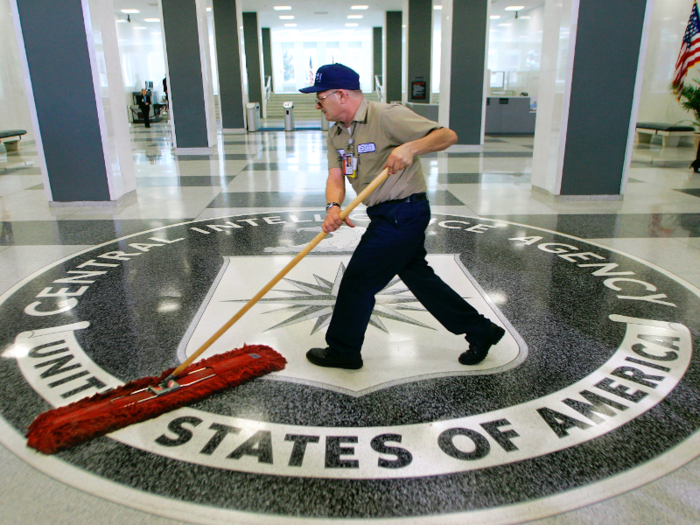Although WikiLeaks claims the CIA has exploits that can work on iPhones, the actual tools and code needed to implement those hacks was not included in the document release, according to Strafach and other security experts.
The documents do refer to iOS exploits — commonly called "zero days," or bugs that have not been publicly found before — but they tend to be threads and hints leading to a working exploit, instead of what's needed to verify the CIA's capabilities. And many of the exploits in the leaked files have already been found and squashed.
Apple declined to comment on the WikiLeaks files.
What WikiLeaks is claiming the CIA can do is scary: Basically, using expensive undiscovered bugs, it could take over a target's phone if it gets them to click on a link or another attack vector.
Using exploits, hackers can "make [a phone] appear to be off when it's really on, and enable your microphone, and be able to listen to conversations you're having with other people," exploit vendor and famous hacker Kevin Mitnick told Business Insider last month.
Strafach said that after perusing the WikiLeaks files, "If you are an average iOS user and you are worried about a malicious party downloading this leak and using information form it to hack your iOS device, you can rest easy."
"This is not possible from what has currently been released," he said.
Strafach said that much of the files seem to show tools that do "not appear to be incredibly 'production-ready'" and are experimental in nature. Many of the files released look like the work of a small team working on experimentation and R&D, and resemble how iPhone jailbreakers and small security companies put together research and internal wiki websites, he said.
"I can’t rule out that there is not a single live vulnerability at all mentioned, but I at least have been able to ascertain that this leak does not have anything which can pose a threat to an everyday user," he said.


